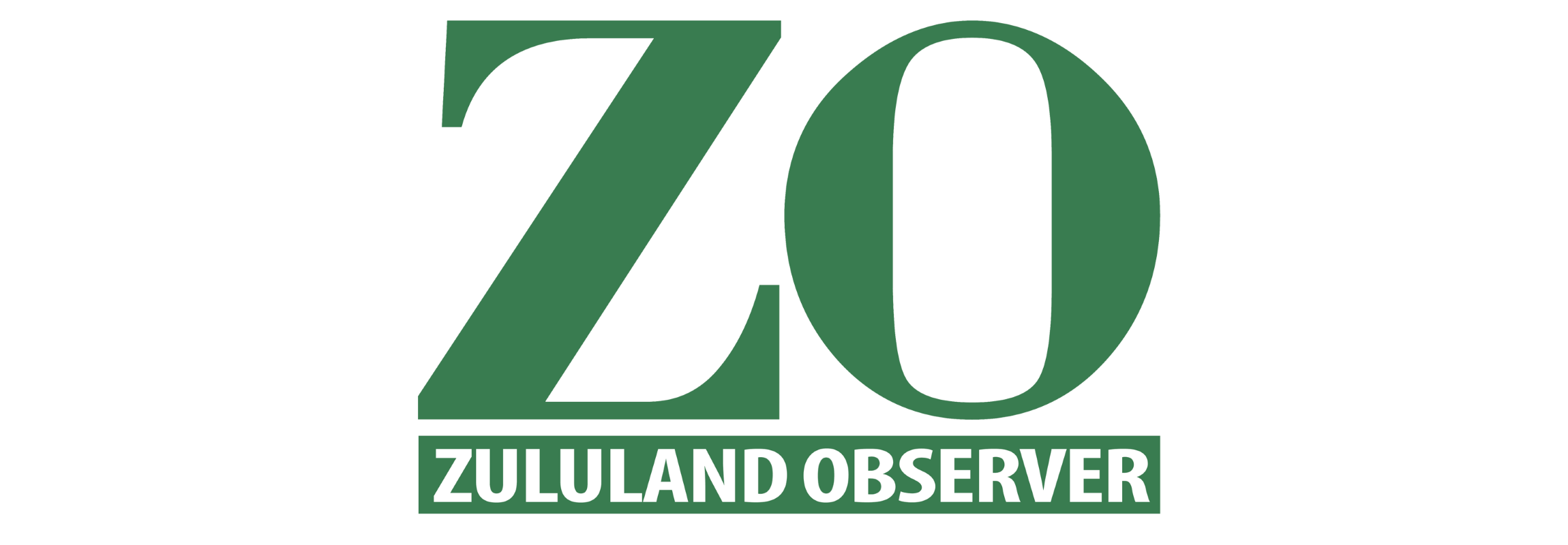
When not initiating World Wars, pillaging foreign colonies of their resources or attempting to create a master race, Europe has historically been known to indulge in practices that enhance overall well-being.
From sweating out toxins with a roomful of old men, to covering oneself in mud like barnyard swine, there is no end to the inventive ways one can make oneself feel really good by first feeling really bad.
But these life-extending techniques just won’t fly in a South African context.
We just aren’t keen on flushing out our colons as a Monday pre-tea cleanse, or frolicking naked in a forest to regulate our thyroids.
We prefer activities that prove we’re really alive, mostly by increasing our stress levels and inducing the risk of heart attacks wherever possible.
The only real high for us is high blood pressure, so if it’s not going to shorten our life expectancy, then it’s just not worth the time.
So, for 2020, here is a guide to holistic well-being – the South African way.
Load-shedding roulette
We rely on our governmental organisations to boost our anxiety levels wherever possible.
And Eskom has taken its responsibility really seriously. The threat of load-shedding hangs over our lives like an 18th Century French guillotine, ready to disrupt traffic, inhibit workflow and completely stuff up a 10-hour binge session of The Crown.
This year they’ve taken it up a notch by promising load-shedding and giving us comprehensive schedules…but then not actually load-shedding as promised.
So now it’s like load-shedding roulette, as we plan around the schedule, only to sit with bated breath, braai tongs in hand as we watch the lights and hope like hell the grid next door gets hit instead.
It is excrutiating. And we simply love it.
The road to death
Getting into a car in South Africa is like taking a chance on a government-issued condom.
The possibility of failure is heart-stoppingly high, but it’s a risk we’re all willing to take because it’s just so thrilling.
We consider road signs more of a suggestion than a rule, traffic police akin to e-Tolls (payment is optional) and traffic lights just a colourful addition to our already-vibrant roads.
Taxis are peppered in to ensure the risk of death is increased by a factor of 10 on any journey.
Throw some load-shedding into the mix and you might as well be driving along Bolivia’s Road of Death every time you head out for some milk and a koeksister.
The heart stopper’s diet
While Europe might enjoy a bowl of kale soup with a side of turnips and a freshly-made placenta smoothie, South Africans feel that if a meal doesn’t at least attempt to block the arteries, then it’s better to just starve.
I’ve attended dinners with meals consisting of a meat, a side of meat and a garnishing of biltong. And that was just for the vegetarians.
Of course, there is always a salad – we’re not animals – but we don’t want to risk biting into a worm or something, so it generally consists of tinned fruit (pineapples have a solid sugar content so they are generally the preferred choice), covered in a healthy dosing of condensed milk.
Take your body to the limit this 2020 by making every day potentially your last.
HAVE YOUR SAY
Like our Facebook page and follow us on Twitter.
For news straight to your phone invite us:
WhatsApp – 072 069 4169
Instagram – zululand_observer


